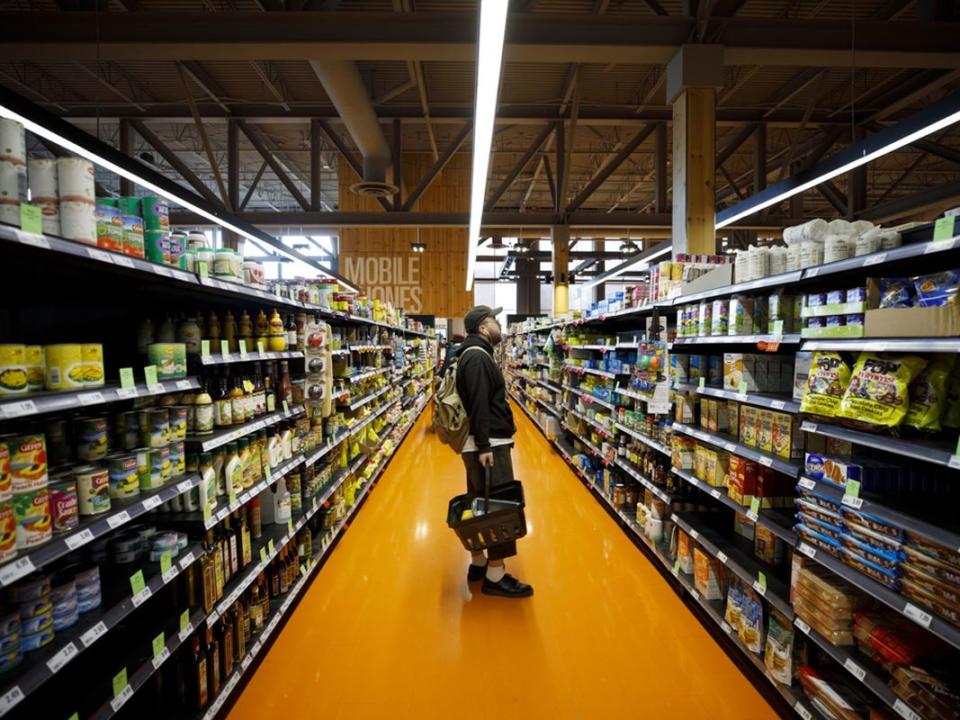Opinion: Don't scapegoat grocers and food manufacturers for high food prices

In the ongoing debate over the soaring food prices in Canada, it’s tempting to lay the blame at the feet of the most visible players — the grocery stores, suppliers, farmers and fishers. However, as someone deeply entrenched in the food industry, both as a supplier and distributor and a food brand owner, I can tell you that the situation is far more complex than it appears.
Let’s set the record straight. Canadian grocery stores are not solely responsible for these high food prices, nor are suppliers, farmers, or others in the supply chain. In fact, it has been an uphill battle for those of us on the supply side to even consider passing increases through to consumers. Our grocery partners have fought hard against such price hikes, with a consistent message that they do not want to burden consumers with higher costs. This sentiment resonates with us because we too are consumers, and we have our own families to feed and employees to support. It’s not just about business; it’s about survival.
So, who’s to blame for the current state of affairs? To put it simply: war, energy prices and weather.
Firstly, Russia’s invasion of a crucial global breadbasket had a massive impact. The Black Sea’s closure, although now reopened through the Black Sea Grain Initiative, led to a substantial reduction in global wheat and corn supplies, a 1.5 per cent decrease that can alone raise cereal prices by 10 per cent within a year.
Secondly, rising energy prices have rippled through the supply chain, affecting fuel and fertilizer costs. Fertilizer prices have doubled since the pre-pandemic era, adding yet another layer of pressure to the agriculture sector.
One often overlooked contributor to these high prices is the positive aspect of higher labour costs. While it does contribute to overall expenses, it also means that workers throughout the supply chain are earning more — a sign of progress in worker well-being.
Weather, specifically La Niña, has played a significant role in the dramatic surge in food costs as well. Predictions suggest that La Niña will persist for a third straight year. The last time we experienced such a prolonged La Niña period was in 1973-1976, which coincided with a global food crisis. It happened again in 1998-2001.
While there may be other contributing factors to the global food price crisis, it’s unfair to single out retailers or suppliers as the sole culprits. Instead of pointing fingers, let’s address these complex challenges together as a nation. Blaming individuals or businesses for political gain only distracts from the real issues at hand. Our leaders should be focused on finding sustainable solutions rather than using us as scapegoats.
In these turbulent times, it’s crucial that we recognize the multifaceted nature of the problem and work collaboratively towards securing affordable and accessible food for all Canadians.
Peter Neal is co-founder of Jonluca Neal Distribution and Crank Coffee Co

 Yahoo Finance
Yahoo Finance 